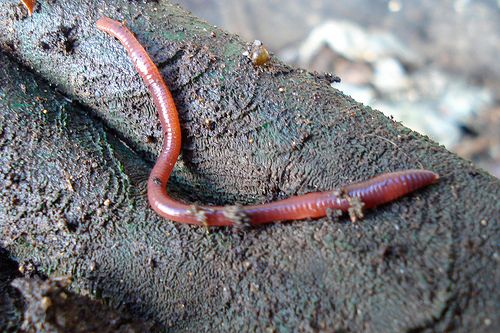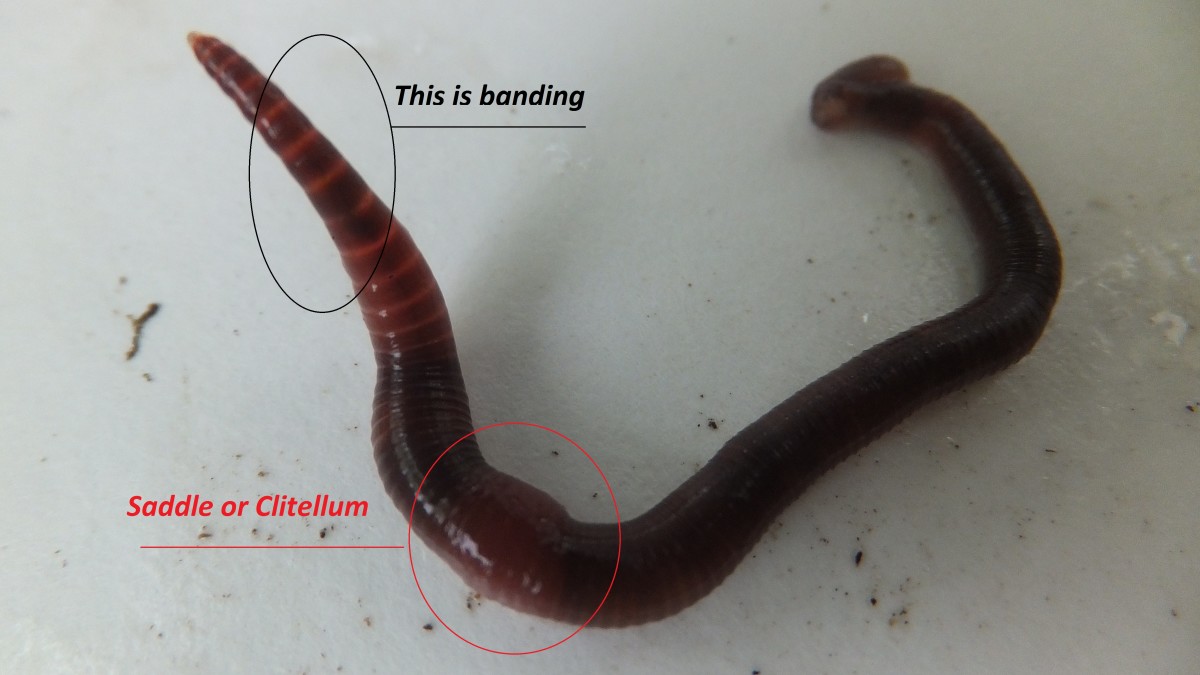Red Wiggler Express: A Preferred Name for Worms and Angling Needs
Red Wiggler Express: A Preferred Name for Worms and Angling Needs
Blog Article
Open the Keys of Red Wigglers: Your Guide to Composting Success
The integration of red wigglers right into composting methods provides a considerable chance for boosting soil health and wellness and promoting sustainability. These microorganisms are not just efficient recyclers of natural waste; they use a myriad of advantages that can transform garden monitoring. Comprehending their demands and behaviors is essential for maximizing their potential, from establishing up a suitable worm bin to feeding them the right products. As we check out the crucial parts of effective vermicomposting, one could question exactly how these small animals can bring about an extra vivid and effective garden environment.

What Are Red Wigglers?
(Red Wiggler Express)Red wigglers, scientifically referred to as Eisenia fetida, are a types of earthworm mainly utilized in composting as a result of their amazing capacity to disintegrate raw material efficiently. These worms are characterized by their reddish-brown coloration and a segmented body, typically measuring in between 3 to 4 inches in size. Unlike various other earthworm species, red wigglers thrive in abundant, organic atmospheres, making them ideal for vermicomposting systems.
Belonging To North America, they are typically discovered in decaying fallen leaves and compost heap, where they play an important role in nutrient recycling. Their adaptation to staying in a damp, cardio setting allows them to consume large quantities of natural waste, breaking it down right into nutrient-rich castings that improve soil health and wellness.
Red wigglers recreate swiftly, with a solitary worm qualified of producing a number of cocoons each week, each having several hatchlings. Understanding the biology and behavior of red wigglers is crucial for maximizing their potential in composting applications.
Advantages of Utilizing Red Wigglers
Utilizing the power of red wigglers in composting provides various benefits that boost soil health and wellness and advertise sustainable waste management. These amazing organisms successfully damage down organic issue, changing kitchen scraps and backyard waste into nutrient-rich vermicompost. This finished item is incredibly beneficial for plant development, as it boosts dirt structure, increases wetness retention, and improves nutrient accessibility.

(Red Wiggler Express)In addition, the visibility of red wigglers in your composting system can speed up the composting process, generating high-quality compost in a fraction of the moment compared to standard approaches. The spreadings produced by these worms are also brimming with useful microbes that better improve the dirt environment.
Establishing Your Worm Bin
Creating an efficient worm bin is a simple procedure that can substantially enhance your composting efforts. The very first step is selecting an ideal container. Worm containers can be made from plastic storage bins, wooden boxes, or readily offered worm bins. Guarantee the bin has ample drainage and ventilation openings to keep optimal moisture levels and air flow.
Following, prepare the bed linen material, which works as the worms' environment. A mix of shredded newspaper, cardboard, and coconut coir works well, giving a comfortable atmosphere for the worms. Go for a bed linen depth of concerning 4-6 inches. Moisten the bed linens gently, ensuring it resembles a wet sponge without excess water pooling near the bottom.

Feeding Your Red Wigglers
To make certain the health and wellness and performance of your red wigglers, it is necessary to provide them with a balanced diet plan that meets their dietary demands. Red wigglers grow on a varied range of natural materials, which not only provide required nutrients yet also promote efficient composting.
Begin by integrating kitchen scraps such as vegetable peels, fruit cores, and coffee premises. Avoid citrus fruits, onions, and garlic, as these can be damaging to worm health and wellness. In addition, present shredded paper, cardboard, and dry fallen leaves to create a well-aerated setting.
Feeding frequency ought to be monitored; generally, worms can take in half their body weight in food weekly. It is essential to avoid overfeeding, as excess food can cause undesirable odors and bring in bugs. A great method is to include food in percentages, allowing worms to refine it prior to presenting extra.
Preserving wetness levels is additionally crucial; the bed linen must be moist yet not soggy. Be sure to routinely examine the temperature and pH degrees of the bin to make sure an optimal environment for your red wigglers, ultimately enhancing their composting effectiveness.
Harvesting and Utilizing Compost
A successful composting process with red wigglers culminates in the abundant, dark garden compost referred to as vermicompost, which can dramatically enhance dirt health and plant growth. Gathering this nutrient-dense material generally happens every three to 6 months, depending upon the size of your system and the amount of raw material being refined.
To harvest, delicately separate the compost from the worms and any undecomposed materials. One efficient approach entails moving the contents of the bin to one side and adding fresh bed linens and food to the empty area, motivating the worms to migrate. After a couple of days, the compost can be gathered from the contrary side.
It is necessary to make use of vermicompost appropriately to optimize its benefits. It can be utilized as a leading clothing for garden beds, blended right into potting soil, or made into a nutrient-rich fluid plant food referred to as "worm tea." This application method assists to supply important nutrients directly to plant roots, promoting healthier growth. By including vermicompost right into your horticulture program, you not only reuse organic waste but additionally create a growing ecological community that supports sustainable gardening practices.
Final Thought
In summary, red wigglers serve as remarkable allies in composting efforts, changing organic waste right into nutrient-rich vermicompost. By recognizing the optimum conditions for their environment, feeding requirements, and garden compost harvesting strategies, gardeners can enhance soil wellness and promote plant vitality.
Report this page